THE PLUS RHINOPLASTY IN KOREA
Short Nose rhinoplasty in Korea


RHINOPLASTY FOR
Short Nose Rhinoplasty
the plus rhinoplasty in Korea
Short Nose Surgery
Definition of Short Nose
The term ‘short nose’ can be defined in various ways from a cosmetic standpoint. It not only refers to when the actual length of the nose is short, but also when the tip of the nose appears to be lifted on both sides, or when the bridge of the nose is very low and appears short. The definition of a short nose can be confusing as it varies according to different textbooks and authors. There are cases where patients subjectively think their nose is short, but it is not, and cases where the nose is actually short, but the patient does not recognize it.
If we define it based on the length of the nose, the distance from the sellion (the deepest point of the nasofrontal angle) to the tip defining point is the length of the nose. For Korean women, this is about 4-4.5cm in length. For men, it is about 8% longer, about 5cm in length is considered ideal. However, it varies greatly depending on the length and structure of the face, so it is difficult to apply this figure quantitatively to all patients. Also, in Westerners, the ratio between nose length and tip protrusion is about 1:0.67, but in Asians, it is less, about 1:0.6. Therefore, it is difficult to realistically apply this to all patients.
Classification of Short Nose
The clinical aspects of a short nose can be roughly classified into five major patterns:
① Low root pattern: Cases where the nose looks short because the bridge of the nose is low.
② Upturned pattern: Cases where the nose looks short because the tip of the nose is upturned.
③ Retracted pattern: Cases where the nose looks short because the columella is short or the alar cartilage is retracted.
④ Small nose pattern: Cases where the nose is short because the tissue of the nose itself is small and underdeveloped.
⑤ Secondary contracted pattern: Cases where the nose has become short due to contraction caused by secondary surgery.




Changes after Short Nose Surgery
1. Low Root Pattern
This is the most commonly seen pattern. In such patients, the nasal base is low, so the nasal length is measured short. Therefore, the patient also feels that the nose is short. This is a pattern commonly seen in Asian nose surgery, and the main solution is nasal bridge augmentation surgery.
In the below example, we performed a nasal bridge augmentation surgery using an implant and combined it with tip plasty for a patient with a short nose. Here are the before and after photos showcasing the results:
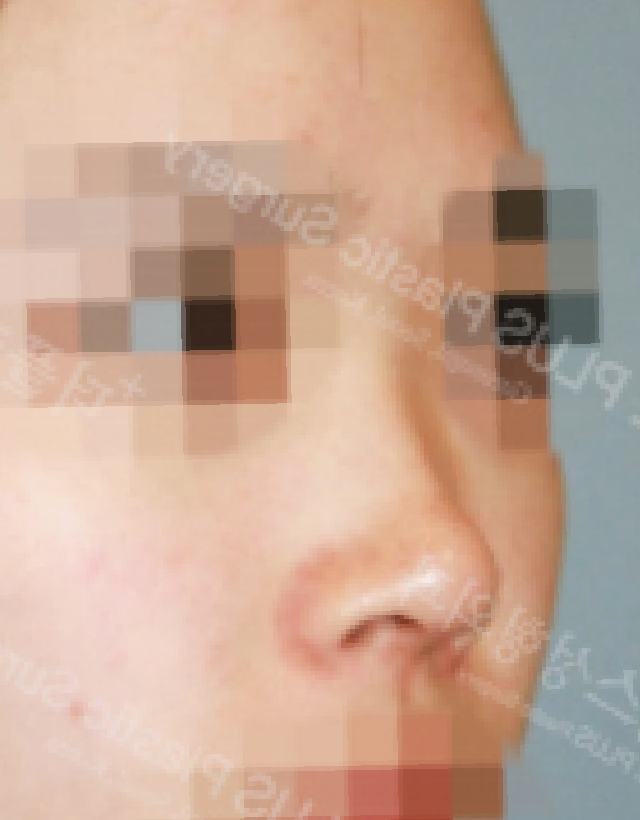
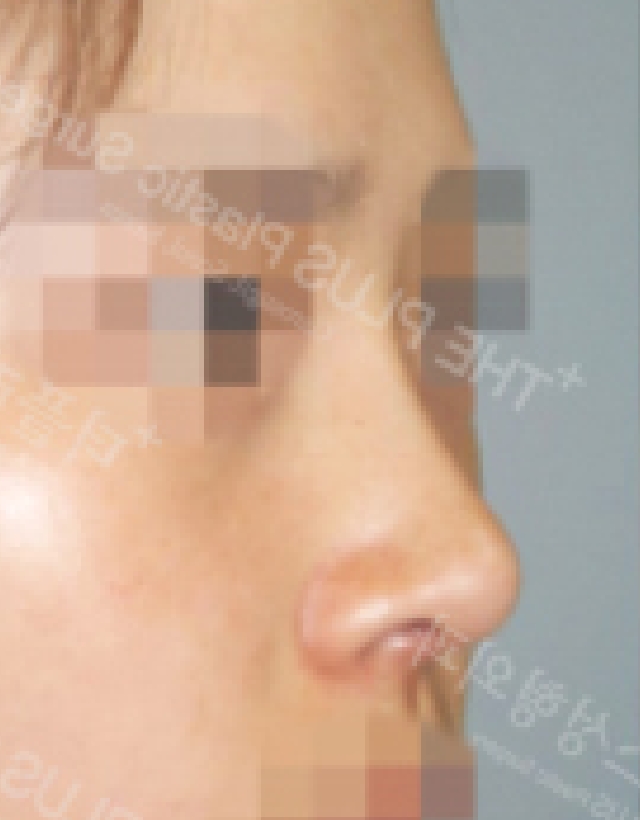
2. Upturned Pattern
This is a pattern where the nose is short and the tip of the nose is turned up on both sides. The main problem is the tip of the nose that is rotated on both sides, and the main surgery for correction is to induce lateral rotation of the tip of the nose. The surgical methods that apply to this include septal extension graft, derotation graft, alar spreader graft, intercartilaginous graft, tip extension graft, alar extension graft, etc.
In the below example, we conducted the first surgery for a patient with an upturned pattern. Prior to the surgery, the patient presented with a short nose, a low nose bridge, and an issue with the upturned tip. Here are the before and after photos showcasing the results.
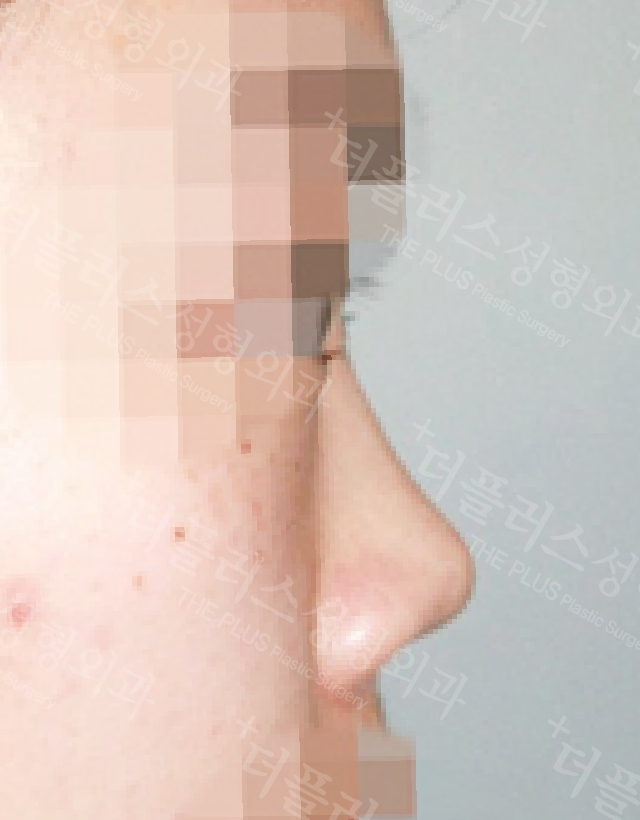

Before and after the second surgery of the Upturned pattern patient. The patient was unsatisfied with the excessive lateral rotation of the nose tip and the relationship between the lower nasal lobe without evidence of contraction. After the reoperation, significant improvement was observed. Here are the before and after photos showcasing the results:
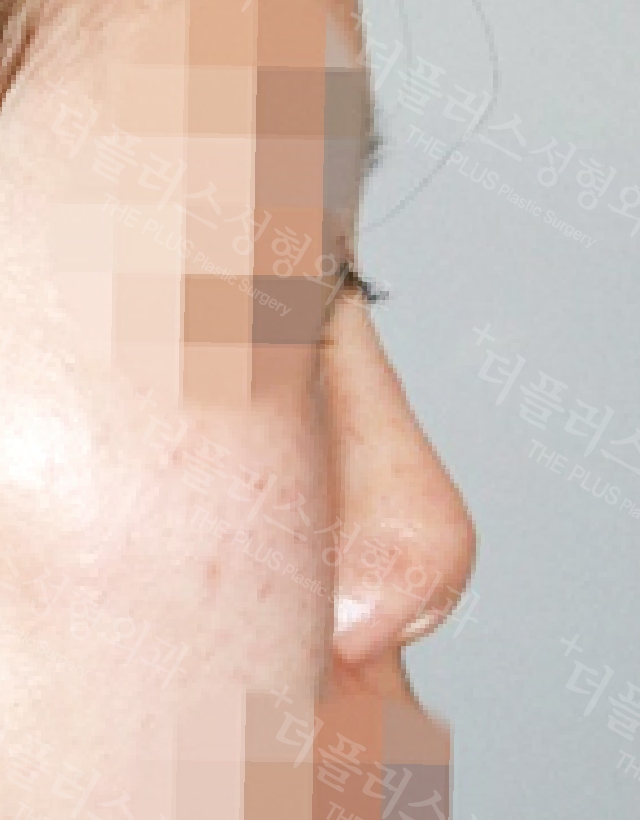
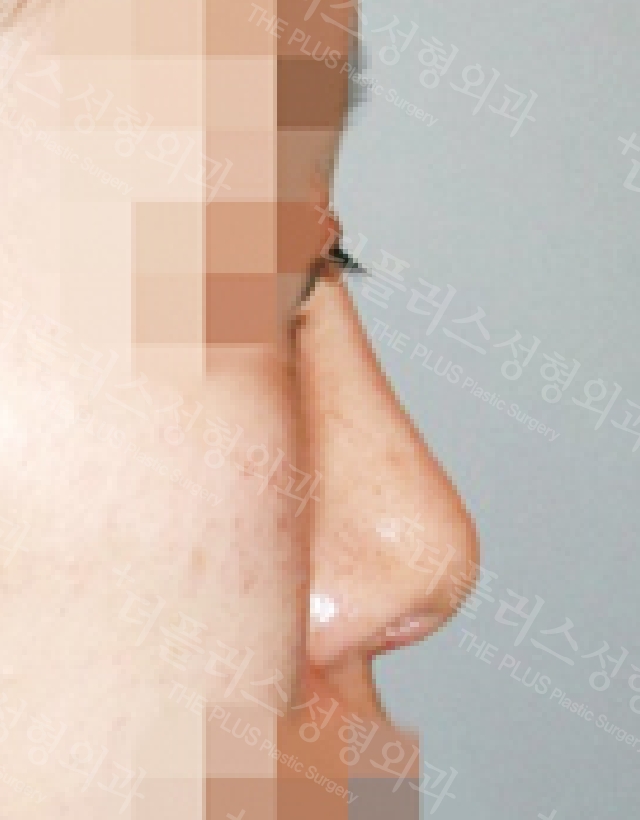
3. Retracted Pattern
When the nose tip is retracted backwards, it can give the appearance of a shorter nose. In such cases, it is important to focus on correcting the retracted nose tip, rather than solely relying on general methods for extending the nose length.
Here are the before and after photos of a patient with a short nose of the Retracted pattern, showcasing the results following the surgery:
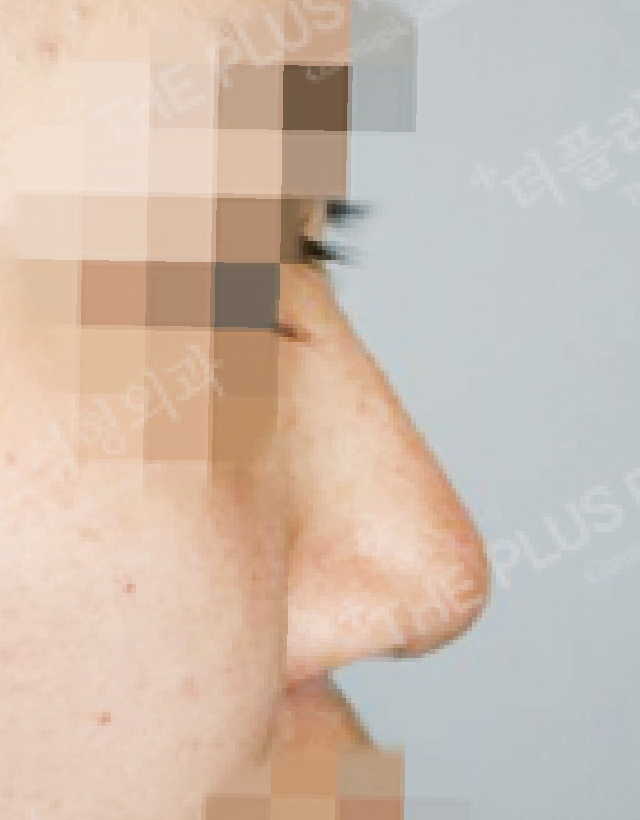
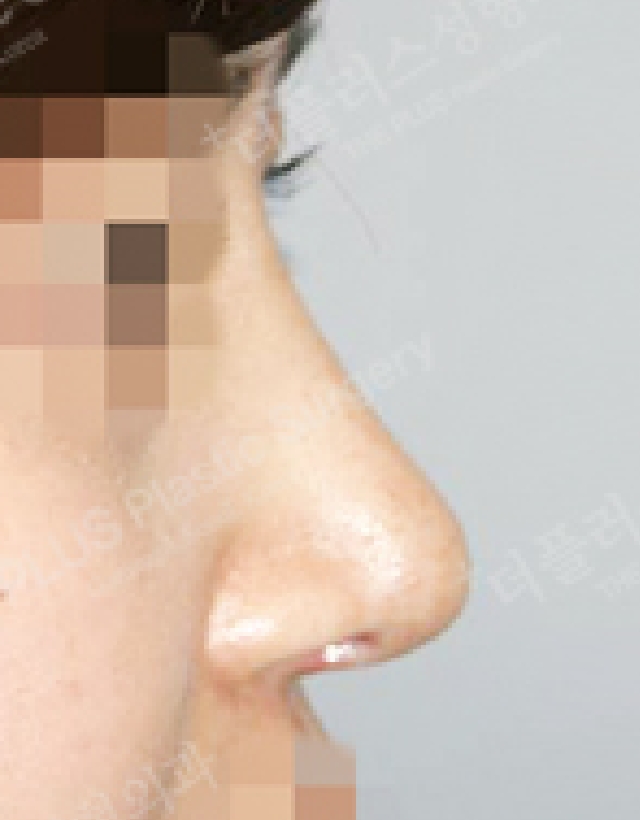
Before and after surgery of a patient with a short nose of the retracted pattern. Septal extension graft and retracted columella correction surgery were performed together:
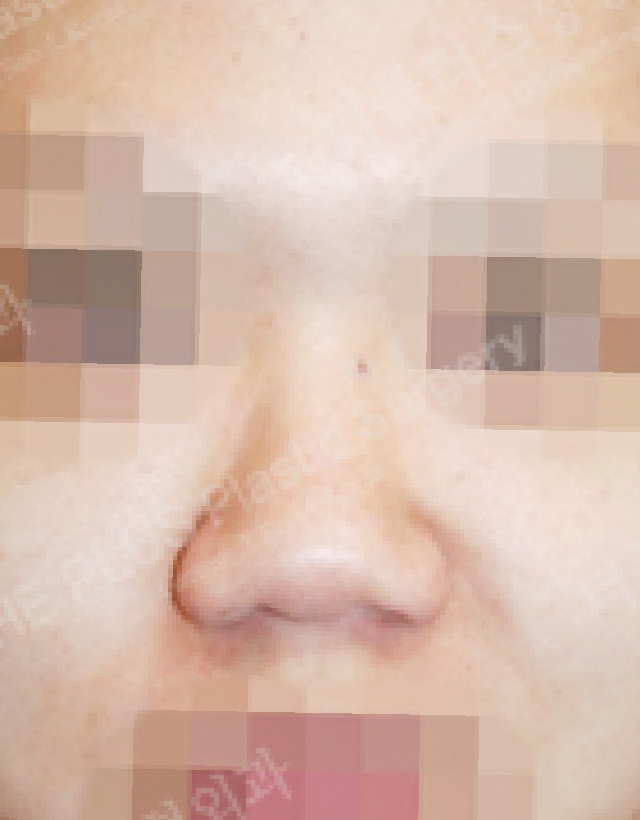

Frequently Asked Questions
What is short nose rhinoplasty at THE PLUS PS in Gangnam, South Korea?
Short nose rhinoplasty at THE PLUS PS in Gangnam, South Korea, is a specialized procedure designed to correct and enhance the appearance of a nose that appears short due to anatomical factors like a low bridge, upturned tip, or a retracted columella. This rhinoplasty technique is valuable for patients seeking a longer, aesthetically balanced nose structure.
What are the common patterns of a short nose that may be addressed in rhinoplasty?
The common patterns include a low root pattern where the bridge is low, an upturned pattern with a lifted tip, a retracted pattern with a short columella or retracted cartilage, a small nose pattern due to underdeveloped tissue, and a secondary contracted pattern as a result of prior surgery. THE PLUS PS can address these patterns to achieve desired outcomes.
Why choose Gangnam, South Korea, for short nose rhinoplasty?
Gangnam, South Korea, is renowned for its advanced cosmetic surgical techniques and expertise, particularly in rhinoplasty. Surgeons at THE PLUS PS are experienced in addressing the unique anatomical needs of Asian patients, offering tailored solutions for a natural and harmonious nasal appearance, while maintaining the highest standards of safety and care.
